Roger Ebert began his review of the 1993 film “Alive” with “There are some stories you simply can’t tell. The story of the Andes survivors may be one of them.” He may have been right. The crash of Uruguayan Air Force Flight 571 in the Andes mountains on October 13 has been told and re-told and re-told again, to varying degrees of success, although what “success” looks like is up to interpretation. J.A. Bayona’s “Society of the Snow” is the latest installment, an adaptation of Pablo Vierci’s 2009 book. (The standard text is Piers Paul Read’s 1974 book Alive: The Story of the Andes Survivors). Bayona’s film avoids many of the mistakes made in earlier versions (particularly Frank Marshall’s 1993 film), but Ebert’s cautionary words remain true. There’s something elusive in this story, something which eludes expression.
The facts alone are terrifying. Most of the passengers onboard were killed instantly (the plane was, essentially, sliced in half by a mountain). After a number of days, the search was called off. The starving survivors resorted to cannibalism. They were buried under an avalanche at one point. Eventually, when the weather turned towards a thaw, two young members of the rugby team onboard set off west to try to reach Chile. They had no gear and no climbing experience. Against the odds, the two made it to civilization, and were able to guide rescue helicopters back to the crashed plane. Sixteen passengers were lifted out, alive. The story made international news. The cannibalism aspect almost immediately provided a sensationalistic and potentially lurid tone to the reportage. Many of the survivors felt shame about breaking the taboo.
Bayona’s film doesn’t waste too much time establishing characters. We meet a bunch of the rugby players, excited about heading to Chile for a match. Many of them have never left home. The film is narrated by Numa Turcatti (Enzo Vogrincic), a young guy encouraged by his friend to come on the trip. Numa provides some commentary, but he’s not the lead. The group is the lead. It’s hard to keep the characters straight, and it is only once disaster strikes that distinct personalities emerge (perhaps an accurate depiction of how catastrophe doesn’t change you but reveals who you really are). Bayona re-creates the crash, nightmarishly, the wall of the mountain rear up outside the plane windows like a malevolent entity, as indeed it was. Pedro Luque’s cinematography is awe-inspiring in the most classic sense of the word. The mountains loom, the white snow fields are endless, with teeny people struggling through the drifts, barely perceptible to the naked eye. Last year’s beautiful “The Eight Mountains” also featured gorgeous mountain cinematography, but here death hangs over every frame. Luque approaches the landscape with a healthy respect for its ominous quality: “Human beings cannot survive here. Nothing can survive here.”
Frank Marshall’s film leaned pretty heavily into the quasi-religious aspect of the story, with cannibalism as a version of Communion (an important justification for these mostly Catholic survivors), with many frames practically labeled “inspirational”. “Alive” featured some power struggles too, some of the marooned resisting any strong leadership. “Society of the Snow” doesn’t go that route. The approach is far more interesting. In the days immediately following the crash, a leader does emerge. He takes charge of emptying out the plane, looking for food in suitcases, giving pep talks, telling people to have faith. A leader like this is needed in the initial chaotic phase. But “having faith” won’t last as the days stretch into weeks. He crumbles and two other boys—Roberto (Matías Recalt) and Nando (Agustín Pardella)—take on the daunting task of trying to get the plane’s radio fixed, and when that fails, they set out into the mountains headed for Chile (they hope).
Similar to other versions of this story, the days are labeled onscreen, and those who perish are given on-screen epitaphs. It’s good to see the real names, but since we never got to really meet them in the first place, it’s part of the underlying problem expressed by Roger Ebert back in 1993. There’s something in this tragedy eluding interpretation or explanation.
A story like this fascinates for many reasons. For me, the fascination is primal and one of nervous empathy: Who would I be if tested like this? Would I be a leader? Or would I crumble?
You can view the original article HERE.

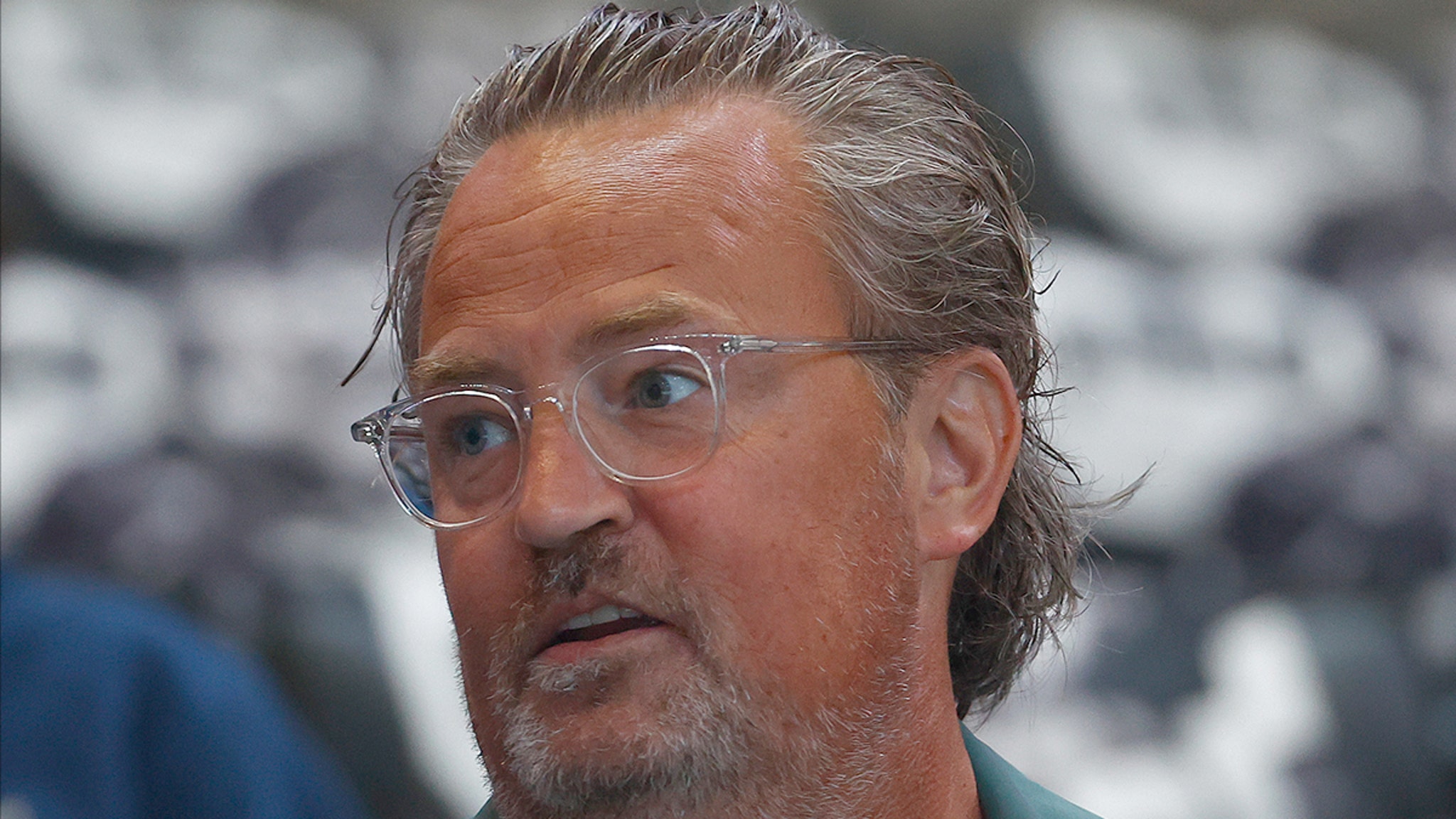
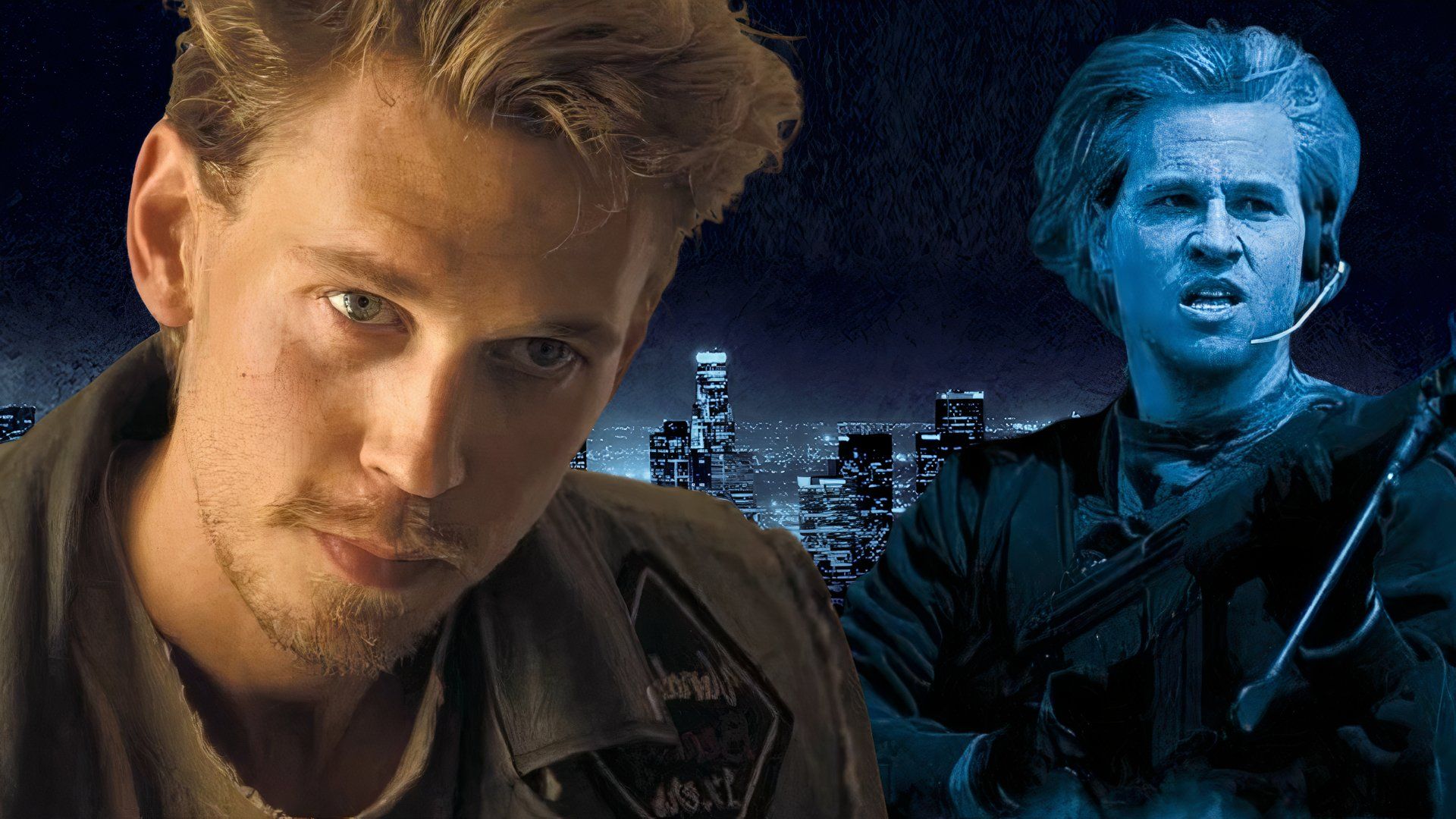
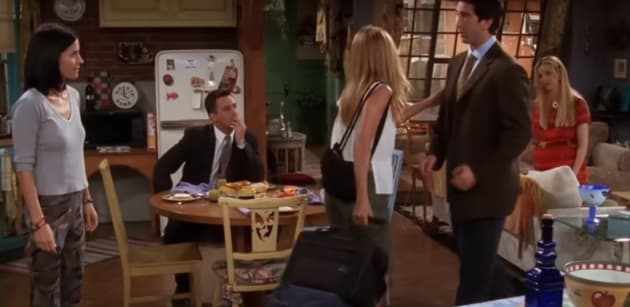

:max_bytes(150000):strip_icc():focal(741x149:743x151)/Princess-Diana-Kim-Kardashian-Rihanna-Met-Gala-041724-tout-dbb38f66ae1d4b92bef376be0fd8401d.jpg)

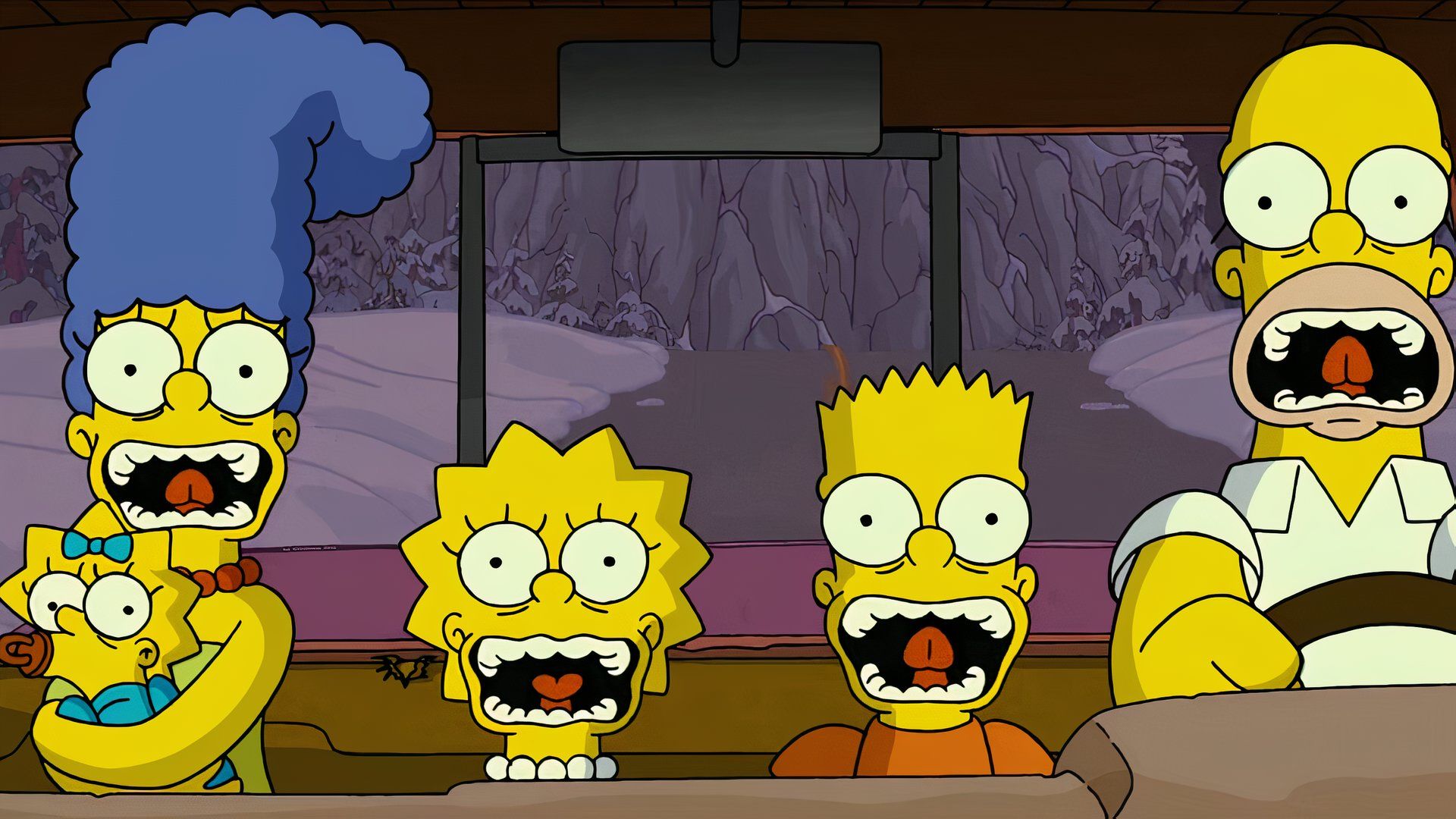


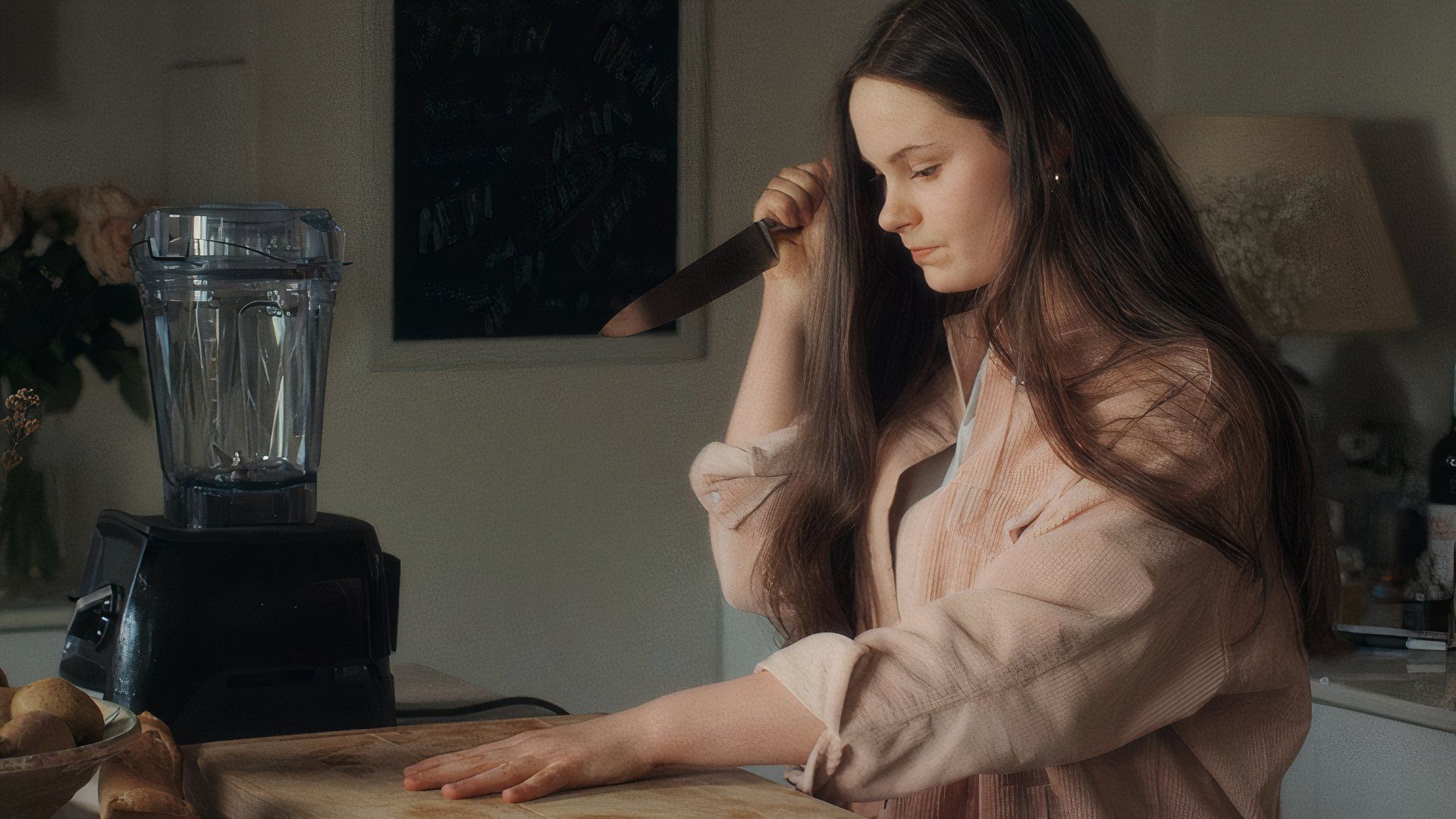
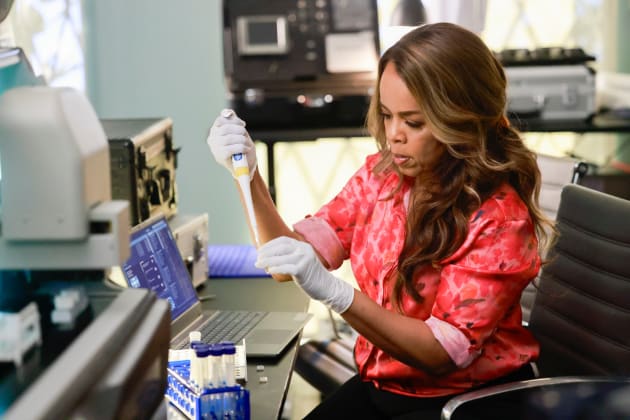


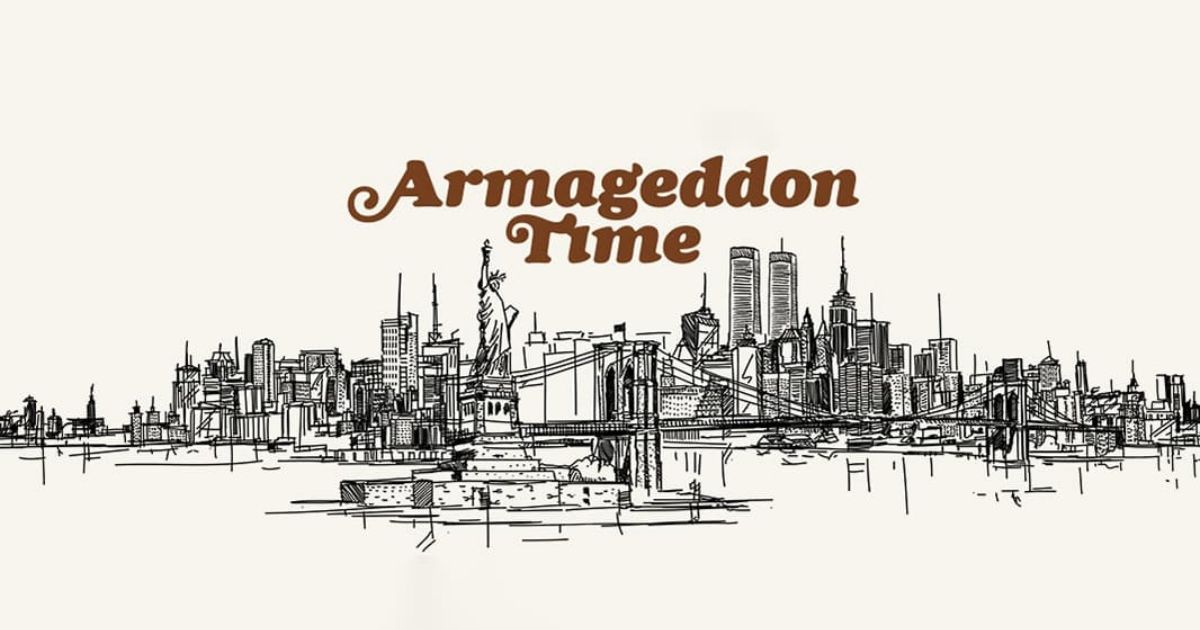



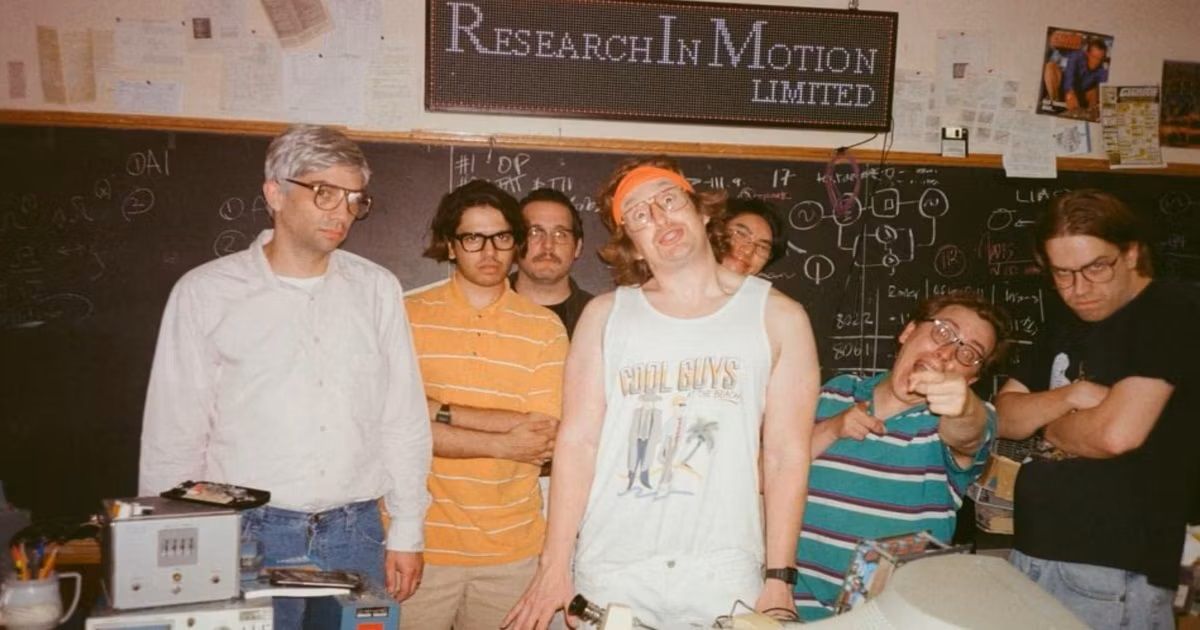

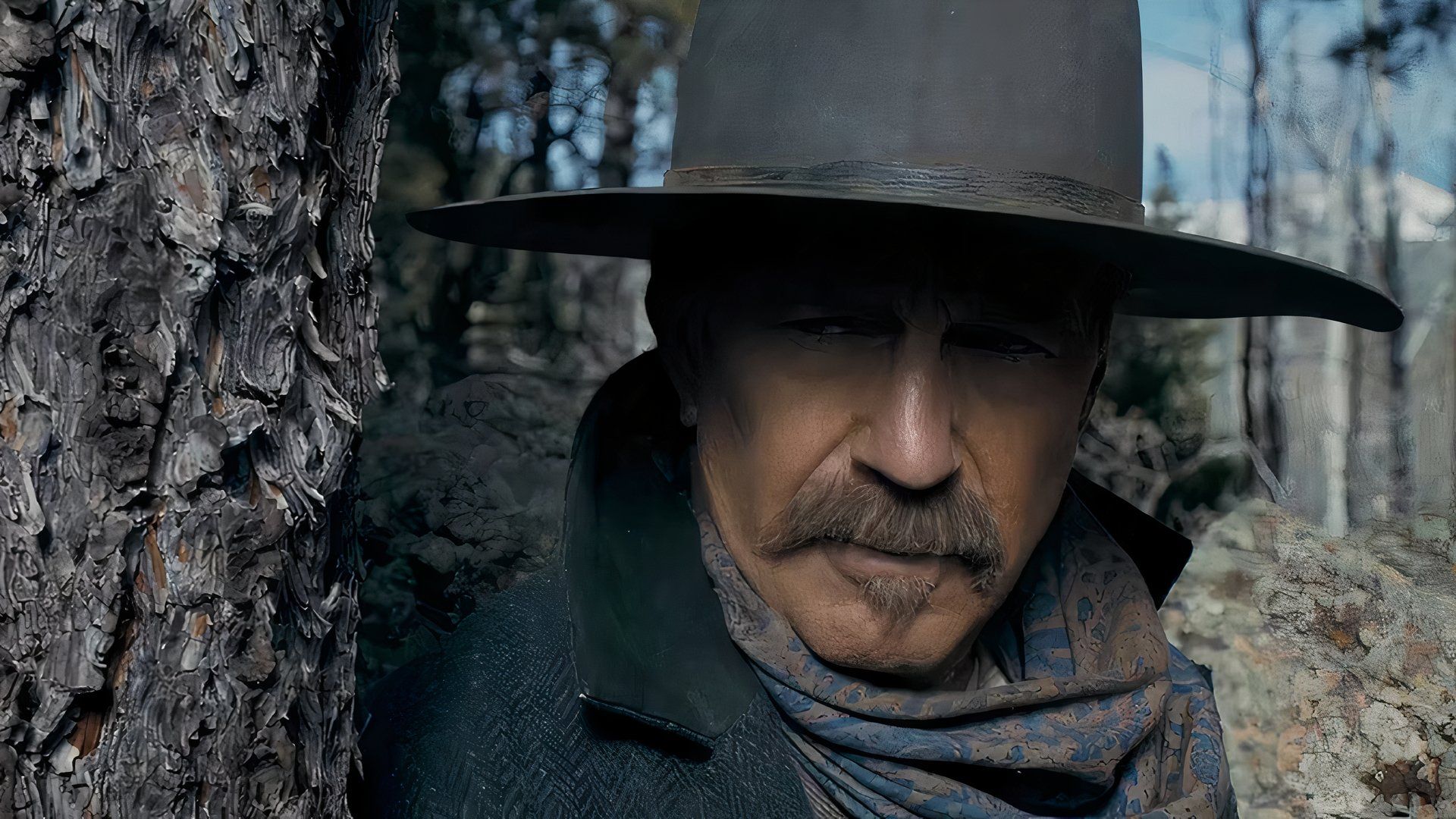
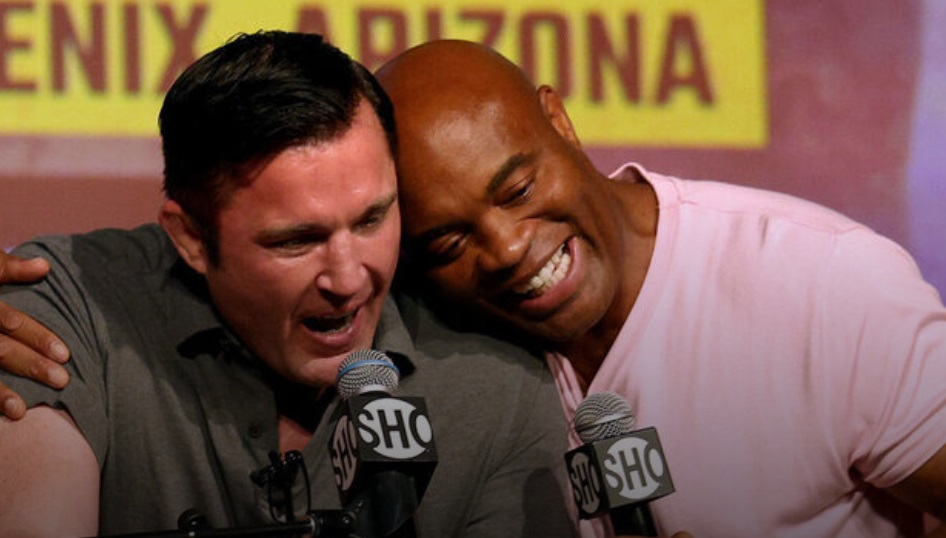


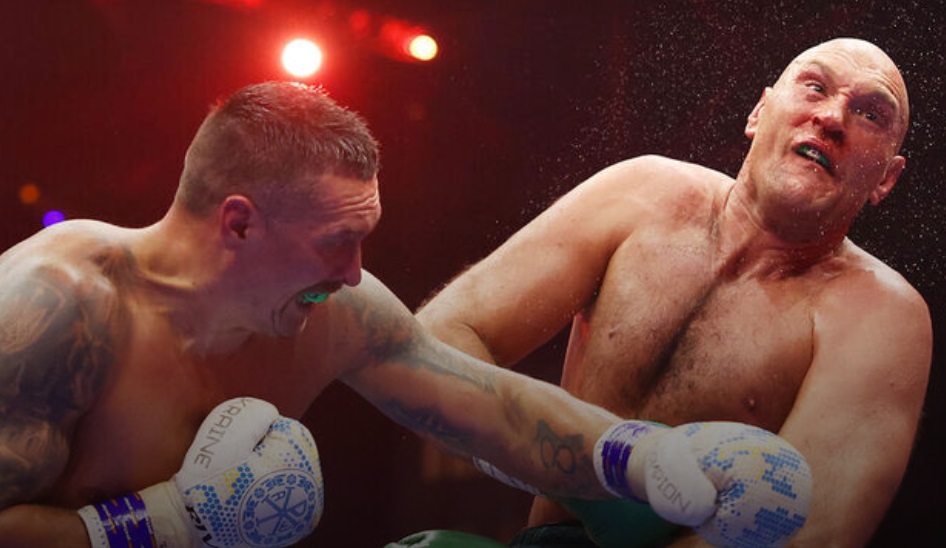
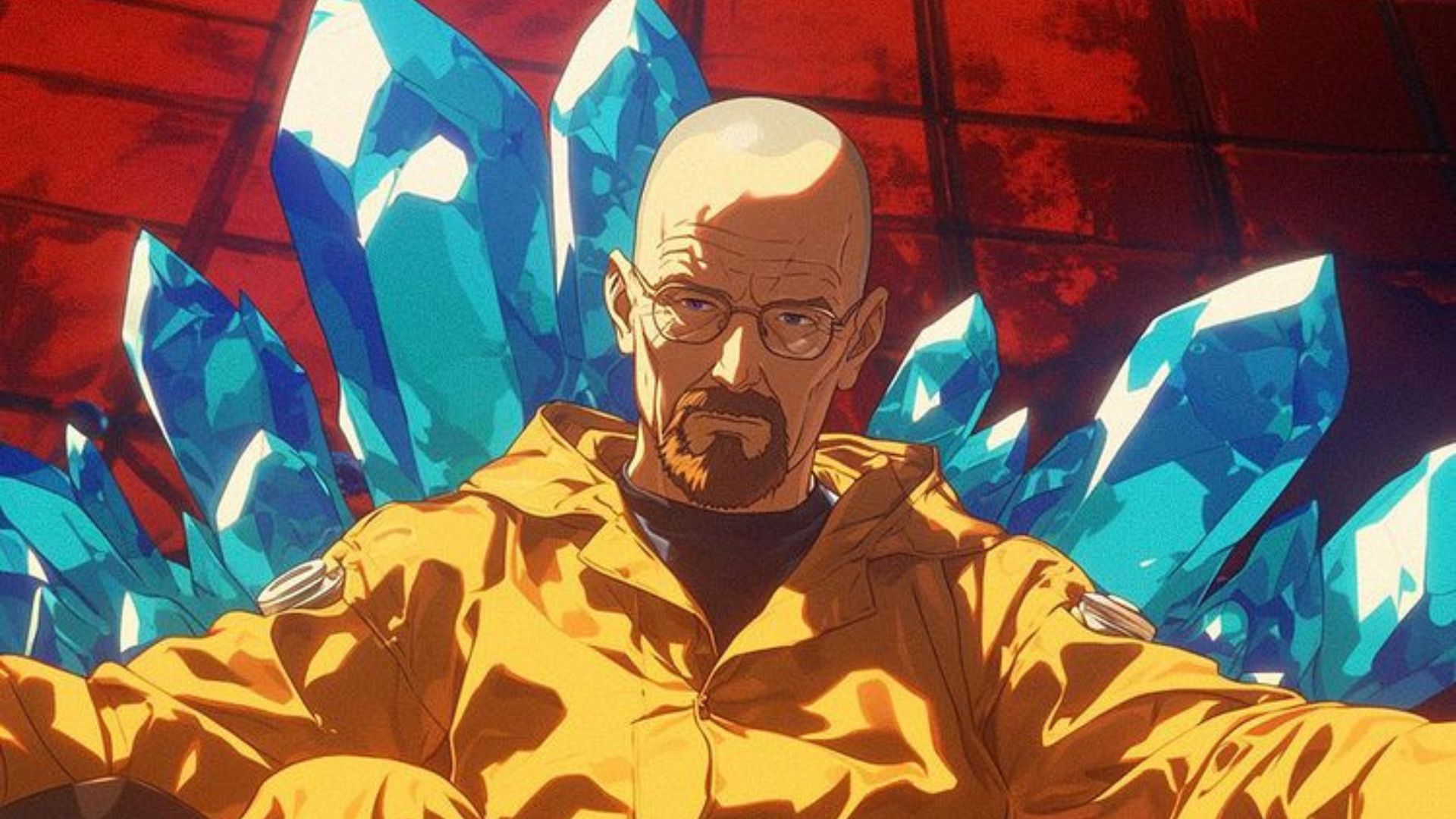

:quality(85):upscale()/2024/05/20/814/n/1922564/c72f7f65664b976806caa6.56765656_.jpg)

:quality(85):upscale()/2024/05/15/900/n/1922564/ee4d3e8566451cede1fd89.82493716_.png)